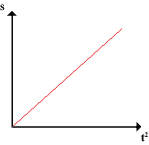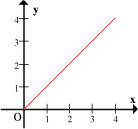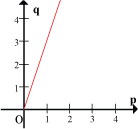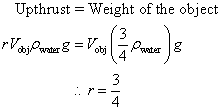This article is a continuation from Part I, which discusses about direct proportion.
Inverse Proportion
Two sets of readings for the quantities x and y are given in the table below.
x | 3 | 4 | 6 | 12 |
y | 4 | 3 | 2 | 1 |
Here, when x is doubled, y is halved; when x is trebled, y is one-third its previous value and so on.
We say that y is inversely proportional to x, or y varies inversely as x, that is

The graph of y versus x is as shown:
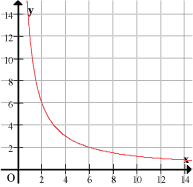
Notice that the product of x and y is the same for every point (12 in this case). Hence this product is known as the constant of proportionality or variation and it is given a symbol such as k. Therefore, we can write the exact relationship between x and y as

Assuming that there are points (x1, y1), (x2, y2), (x3, y3), …, we can say
xy = x1y1 = x2y2 = x3y3 … = k
- When a variable is proportional to two or more variables, we can represent this relationship as a joint variation. For example,
When
y ∝ x and y ∝ z
therefore
y ∝ xz or y = kxz
When
therefore
- In every proportional relationship, the converse is also true. For example,
If y ∝ x, then x ∝ y.
Examples of physical quantities that vary inversely with each other are:
- Pressure and volume
- Frequency and periodic time
- Gravitational force and the distance squared
To be continued…
